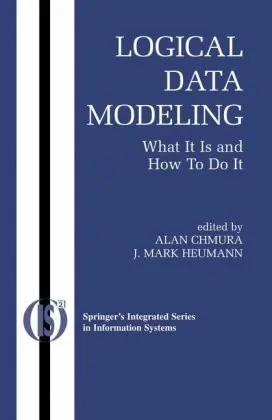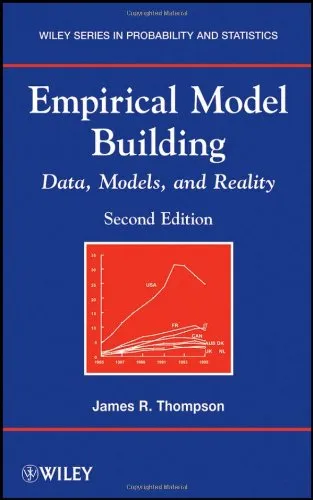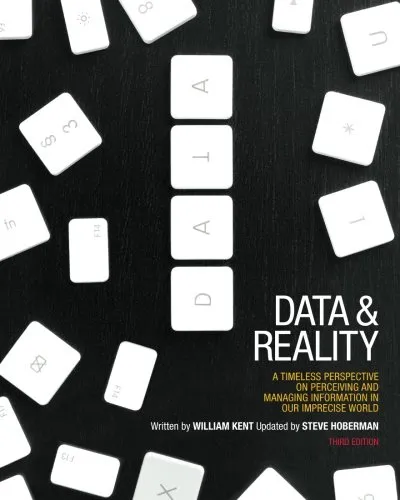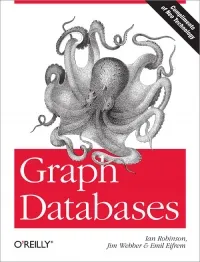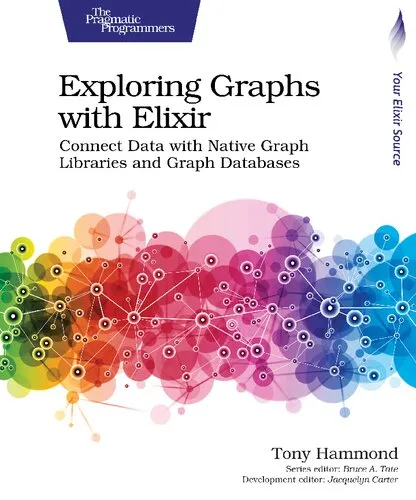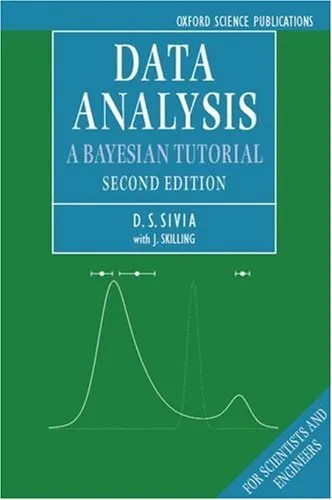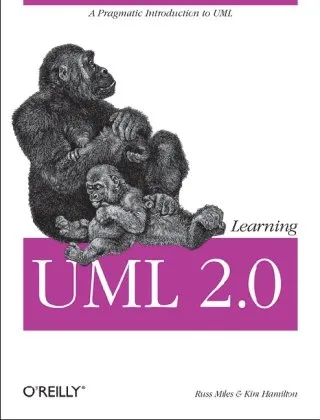Logical Data Modeling: What it is and How to do it
4.9
Reviews from our users

You Can Ask your questions from this book's AI after Login
Each download or ask from book AI costs 2 points. To earn more free points, please visit the Points Guide Page and complete some valuable actions.Related Refrences:
Introduction to Logical Data Modeling: What it is and How to do it
In the ever-evolving landscape of data management, mastering the art and science of logical data modeling remains a cornerstone skill for professionals who aspire to excel in fields like database design, data architecture, and information systems analysis. "Logical Data Modeling: What it is and How to do it" serves as an essential resource, offering a comprehensive guide to understanding and implementing logical data models effectively.
Detailed Summary of the Book
The book opens with an exploration into the foundational concepts of data modeling, illustrating the importance of an accurate logical data model in bridging the gap between business needs and technical implementation. Readers are taken on a journey through the phases of data modeling, including requirements gathering, abstraction, normalization, and validation. Each concept is illustrated with real-world examples and detailed diagrams that demystify the complexities involved.
Further chapters delve into the intrinsic relationship between logical and physical data modeling. The book methodically explains how an effective logical model acts as a blueprint for physical data structures and serves to facilitate communication among stakeholders. By understanding these connections, readers can ensure that their data models fulfill both current and future business needs.
The text also addresses common challenges and pitfalls associated with data modeling, offering strategies for overcoming these issues. From aligning with business processes to ensuring scalability and adaptability, the book is laden with insights derived from years of experience in the field.
Key Takeaways
- Understanding the fundamental principles underpinning logical data models.
- Methods for gathering and analyzing business requirements effectively.
- Insights into converting business needs into clear, concise, and relatable data models.
- Strategies for overcoming common obstacles in logical data modeling.
- The role of logical data models in the broader data management landscape and their importance in crafting robust databases.
Famous Quotes from the Book
"A logical data model is the education and compass for all that follows in the world of data."
"The capacity of a logical data model to accurately mirror business reality is what empowers organizations to utilize data as a strategic asset."
Why This Book Matters
In an era where data is often hailed as the new oil, the ability to model data logically and meaningfully is an indispensable skill. This book emerges as a vital educational resource, suitable not only for novices but also for seasoned data professionals seeking to refresh or enhance their skills. By offering a blend of theoretical and practical insights, the book stands out as a critical tool for translating complex data sets into strategic organizational value.
Moreover, "Logical Data Modeling: What it is and How to do it" advocates a philosophy of thoughtful, intentional modeling, asserting that thoughtful models pave the way for clear, accurate communication within and across teams. As industries continue to evolve and demand more from their data, understanding the principles outlined in this book will empower professionals to harness the true potential of data, driving innovation and efficiency like never before.
Free Direct Download
You Can Download this book after Login
Accessing books through legal platforms and public libraries not only supports the rights of authors and publishers but also contributes to the sustainability of reading culture. Before downloading, please take a moment to consider these options.
Find this book on other platforms:
WorldCat helps you find books in libraries worldwide.
See ratings, reviews, and discussions on Goodreads.
Find and buy rare or used books on AbeBooks.
1312
بازدید4.9
امتیاز0
نظر98%
رضایتReviews:
4.9
Based on 0 users review
Questions & Answers
Ask questions about this book or help others by answering
No questions yet. Be the first to ask!
